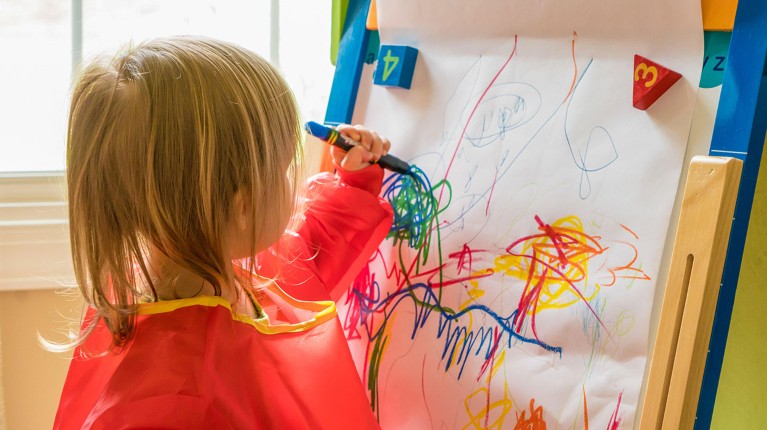[ad_1]

Dozens of genetic factors have been associated with left-handedness, which occurs in roughly one in ever ten people.Credit: incamerastock/Alamy
To what extent do genes determine how you pick up your morning cup of coffee? Researchers examined rare genetic variants from a database of more than 350,000 individuals’ genetic data to hunt for clues for what influences handedness in humans. Their findings implicate tubulins — proteins that build cells’ internal skeletons.
The results, published on 2 April in Nature Communications1, were obtained specifically at protein-coding parts of the DNA, and add to previous studies that linked genetic variations with handedness .
“This is an important and significant study” that supports tubulins’ involvement in determining the left–right brain asymmetry, says Sebastian Ocklenburg, a neuroscientist at the Medical School Hamburg in Germany.
During the embryonic stage of human development, the left and right brain hemispheres get wired differently, which in part determines innate behaviours, such as where we lean when we hug someone, on which side of our mouth we tend to chew our food and, most prominently, which hand is our dominant one. This turns out to be the left hand for around 10% of the human population.
Because most people have a clear preference for one hand over the other, finding genes linked to handedness can provide clues for the genetic basis of the brain’s left–right asymmetry.
Previous studies looking at genome-wide data from UK Biobank2 found 48 common genetic variants associated with left-handedness, which were mostly in non-coding regions of the DNA. These included sections that could control the expression of genes related to tubulins. These proteins assemble into long, tube-like filaments called microtubules, which control the shapes and movements of cells.
But Clyde Francks, a geneticist and neuroscientist at the Max Planck Institute for Psycholinguistics in Nijmegen, the Netherlands, and his team looked for genetic variants in protein-coding sequences. Their analysis of 313,271 right-handed and 38,043 left-handed individuals’ genetic data, from the UK Biobank, uncovered variants in a tubulin gene, dubbed TUBB4B, which were 2.7 times more common in left-handed people than in right-handers.
Microtubules could influence handedness because they form cilia — hair-like protrusions in cell membranes — which can direct fluid flows in an asymmetric way during development.
In spite of affecting only a small proportion of the people in this considerable data set, rare variants “can give clues to developmental mechanisms of brain asymmetry in everyone”, Francks says. He adds that these findings pave the way for future work to determine how microtubules, which themselves have a molecular ‘handedness’, can give an “asymmetric twist” to early brain development.
[ad_2]
Source Article Link

